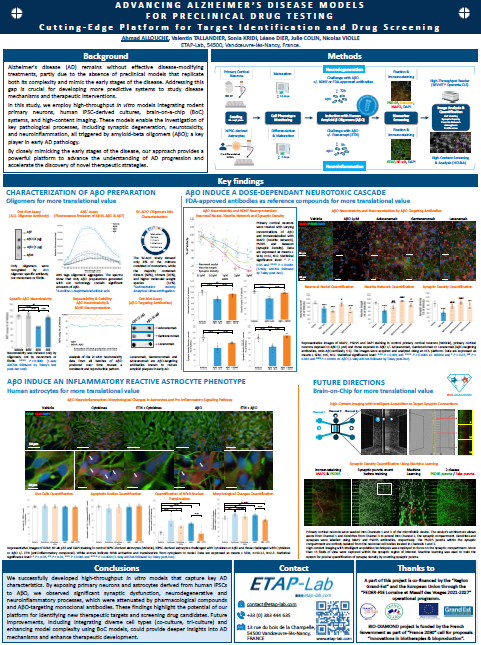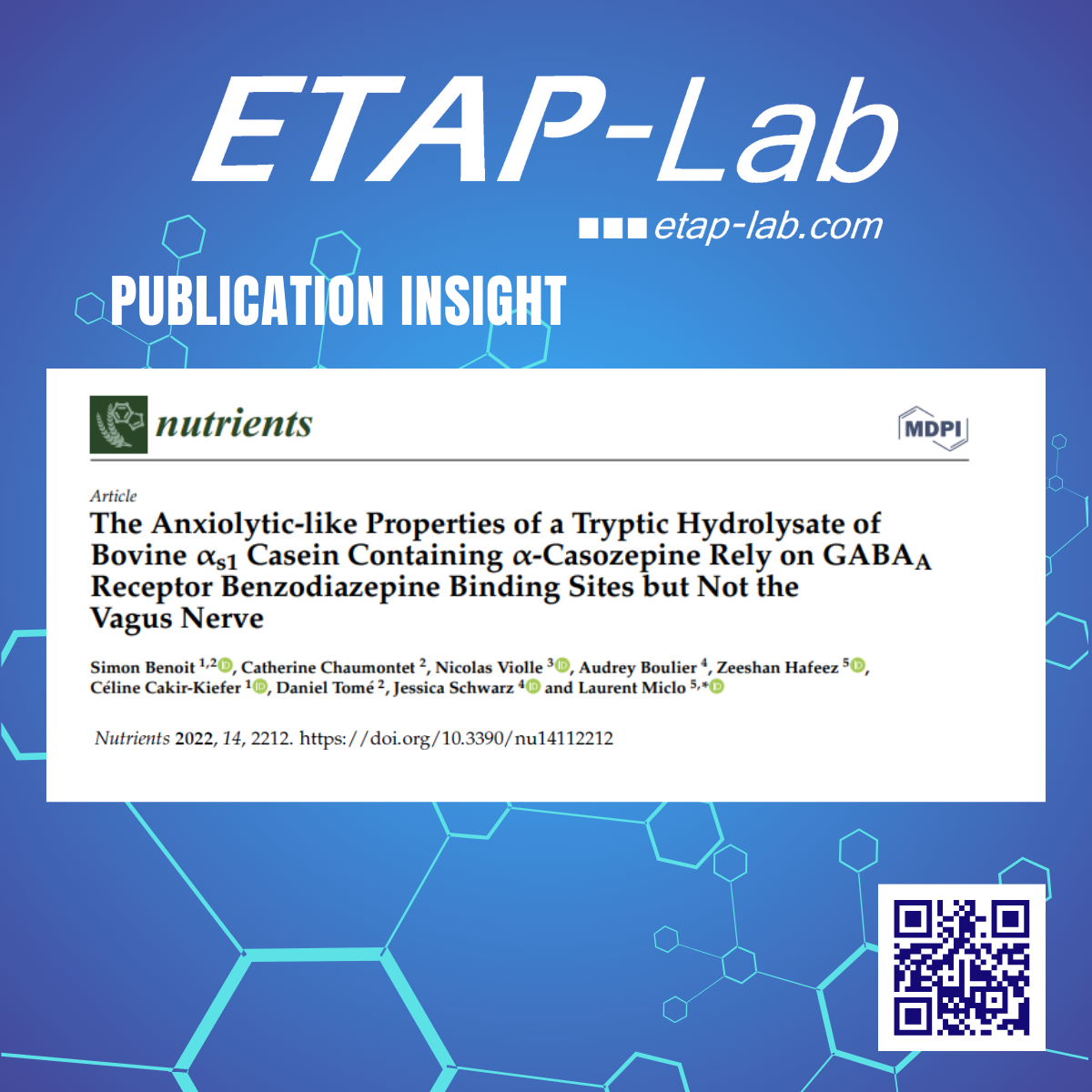Ethological comparison of the effects of a bovine αs1-casein tryptic hydrolysate and diazepam on the behaviour of rats in two models of anxiety
Violle N, Messaoudi M, Lefranc-Millot C, Desor D, Nejdi A, Demagny B, Schroeder H. - 2006, Pharmacol Biochem Behav, 84:517-23
A bovine alpha s1-casein tryptic hydrolysate was previously demonstrated to display an anxiolytic-like activity in the conditioned defensive burying and in the elevated plus-maze models when i.p. injected. The present study assessed the anxiolytic-like effects of this tryptic hydrolysate after an oral administration in rats faced to the same behavioural situations using diazepam as a reference. In a first experiment, the behavioural effects of the hydrolysate in the conditioned defensive burying test were investigated at doses ranging 5-50 mg/kg. The results showed that the minimal dose required to elicit an anxiolytic-like activity is 15 mg/kg. In a second experiment, the alpha s1-casein tryptic hydrolysate (15 mg/kg, p.o.) was demonstrated to display an anxiolytic-like activity similar to diazepam (3 mg/kg, p.o.) in the conditioned defensive burying test and the elevated plus-maze. However, the ethological analysis of behaviour indicated that this hydrolysate has a different activity compared to diazepam. While diazepam induced a disinhibition state in rats, possibly related to the risk-taking behaviour observed after a benzodiazepine ingestion in humans, the tryptic hydrolysate did not display such a side effect. These results suggest that the mechanism of action of the bovine alpha s1-casein tryptic hydrolysate may differ from that of diazepam.
Link to Pubmed





